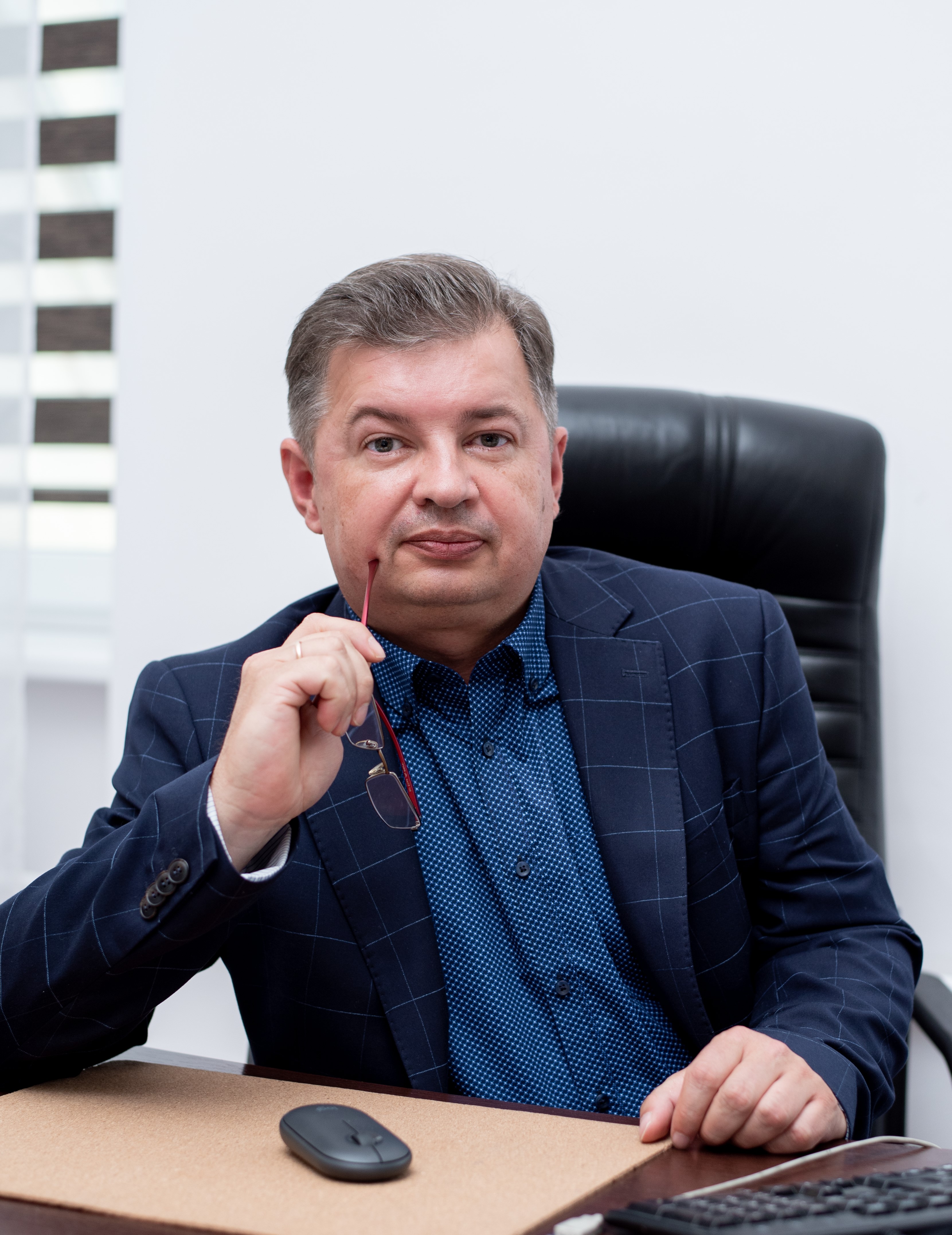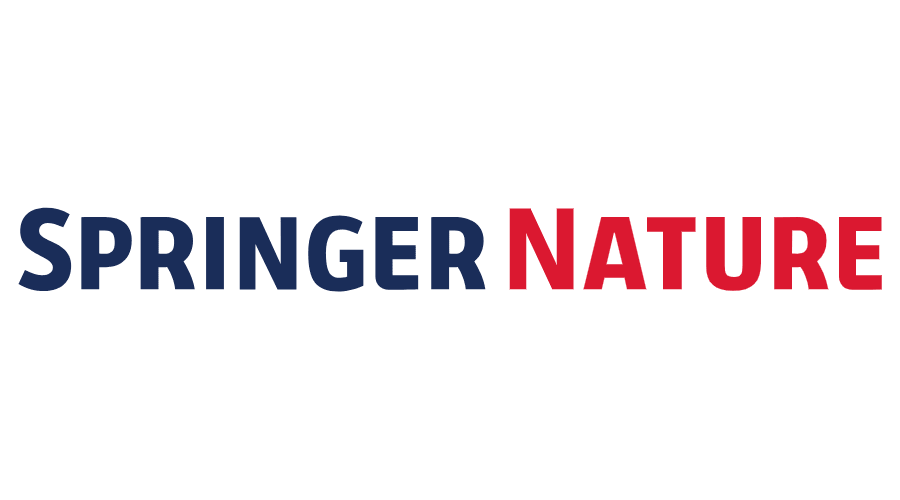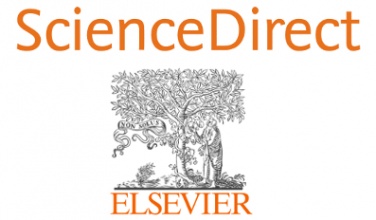
Yuriy Salyha
Director of the Institute
Corresponding Member of NAAS, Dr.Sc.
tel: +380-32-260-22-81
secretary: tel / fax +380-32-270-23-89, tel +380-32-260-07-95
e-mail: This email address is being protected from spambots. You need JavaScript enabled to view it., This email address is being protected from spambots. You need JavaScript enabled to view it.
RECENT PUBLICATIONS
Chhugani K, Frolova A, Salyha Y, Fiscutean A, Zlenko O, Reinsone S, et al. Remote opportunities for scholars in Ukraine. Science 2022;378(6626):1285-1286. DOI: 10.1126/science.adg0797 (Scopus)
Buslyk TV, Rosalovsky VP, Salyha YT. PCR-based detection and quantification of mycotoxin-producing fungi. Cytol. Genet. 2022; 56 (1): 16–30. DOI: 10.3103/S0095452722010042 (Scopus)
Mykhaliuk VV, Havryliak VV, Salyha YT. The Role of Cytokeratins in Ensuring the Basic Cellular Functions and in Dignosis of Disorders. Cytol. Genet. 2022;56(6):530-540.DOI: https://doi.org/10.3103/S0095452722060093 (Scopus)
Salyha N, Salyha Y. L-glutamic acid mitigates carbon tetrachloride-induced acute tissue injury by reducing oxidative stress in a rat model. Current Chemical Biology. 2022; 16 (2): 130–137. DOI: 10.2174/2212796816666220408104856 (Scopus)
Suprovych TM, Salyha YT, Suprovych MP, Fedorovych EI, Fedorovych VV, Chornyj IO. Genetic Polymorphism of BoLA-DRB3.2 locus in Ukrainian cattle breeds. Cytol. Genet. 2022; 56 (4): 319–330. DOI: https://doi.org/10.3103/S0095452722040089 (Scopus)
Rumynska T, Hural A, Konechnyi Y, Vynnytska R, Lozynskyi A, Salyha Y, Korniychuk O, Lesyk R. Microbial biofilms and some aspects of anti-inflammatory drug use. Biopolym. Cell. 2021; 37(4): 247-258. DOI:10.7124/bc.000A57 (Scopus)
Salyha N, Salyha Y. Protective role of l-glutamic acid and l-cysteine in mitigation the chlorpyrifos-induced oxidative stress in rats. Environ Toxicol Pharmacol. 2018; 64: 155-163. DOI: 10.1016/j.etap.2018.10.010 (Scopus)
Hrabovska SV, Salyha YT. Animal Models of Autism Spectrum Disorders and Behavioral Techniques of their Examination. Neurophysiology 2016;48(5):380-388. DOI: 10.1007/s11062-017-9613-2 (Scopus)





